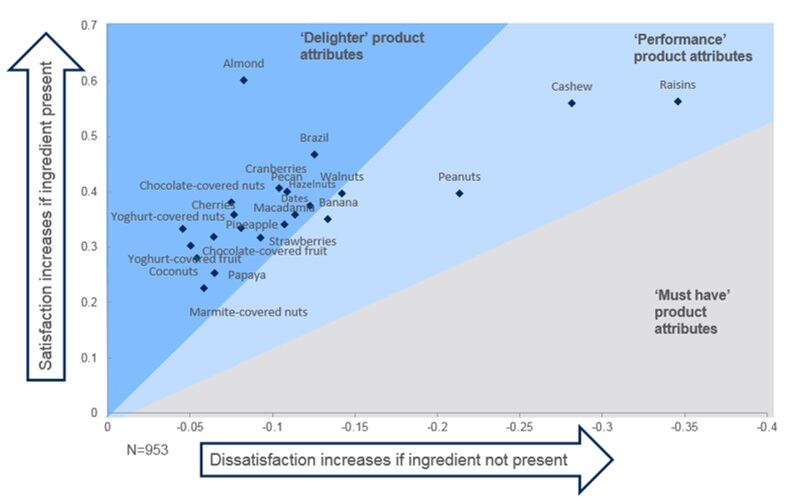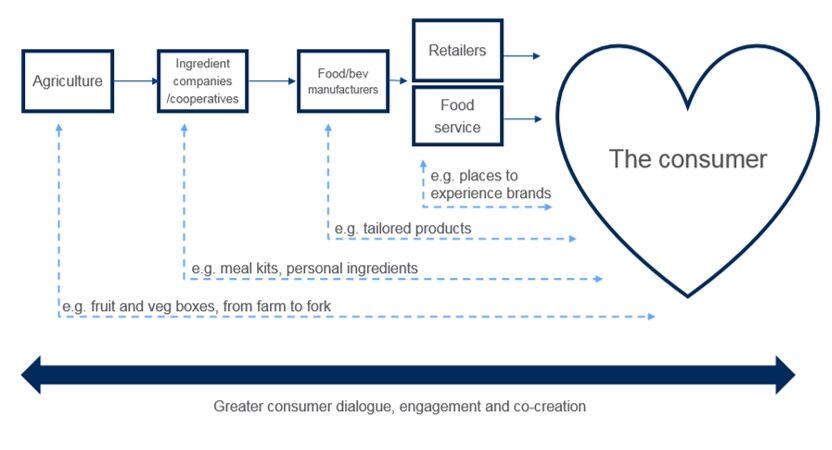This is according to Leatherhead Food Research that, together with sister company Oakland Innovation, recently explored how the industry can best retain customer loyalty.
The UK-based global research consultancy maintained that the food and beverage industry is “on the cusp of the age of innovation, largely driven by escalating and evolving consumer demands.”
The success factor
Brands that place consumer requirements center stage will be best positioned to thrive over the coming years. Those that don’t could lose their edge to avant-garde start-ups that connect with the consumer from the get-go, said the company.
Today’s consumer is more savvy about nutrition and provenance, said Cindy Beeren, VP of Consumer Sensory and Market Insight at Leatherhead.
They want products that suit their individual needs, including the whole end-to-end experience from shopping to eating. Companies that use objective, scientific approaches that focus on the consumer’s desires will retain loyalty.
Author of Leatherhead’s white paper ‘Consumer-focused innovation for better business returns,’ Beeren told BakeryAndSnacks how the bakery and snack sectors can harness customer insight via data and sensory science to enhance both incremental product development and longer-term breakthrough innovation.
“The reformulation of baked goods and snacks to remove gluten or reduce salt or sugar content needs to address any sensory impact of the changes,” she said, noting that if gluten is removed, for instance, this will effect both flavor and texture.
“Combining scientific understanding of the roles ingredients play with consumer and sensory testing is vital. After all, it's no good creating a gluten-free product if consumers don't enjoy eating it.”
What does the consumer really want?
Beeren added that small developers can be at a disadvantage here since they don't have the large budgets required for science-led product development. However, they can turn this around by using their proximity to the customer to foster consumer-led innovation.
The white paper lists several approaches that product developers ought to follow to properly identify consumer needs.
Conducting market reviews gives insight into customer activity and trends that will reveal business opportunities.
Taste testing helps with product formulation, as it takes into account factors such as appearance, aroma, texture and aftertaste.
Knowing how food breaks down in the mouth and the impact this has on the overall eating experience also aids product formulation.
There is a dichotomy between what consumers say they want and their actual behavior. This is where the Kano model comes into play, plotting the ‘must have’ attributes against the ‘nice to haves’ and those that give the ‘wow’ factor.
Kano model showing desired ingredients in a fruit and nut mix snacking bag
The results from these Kano-modeling exercises show consumers will be dissatisfied if ingredients such as raisins, cashew nuts and peanuts aren’t included in the final product. However, while the addition of almonds will delight them, they won’t be disappointed if they don’t find them.

Finally, it’s about incorporating the entire experience, not just the product itself.
“The key to success is to hone in on consumer insight and focus on delivering a product that addresses it,” said Beeren. This should be reflected in the product, packaging, pricing, marketing and shelf space.
As such, brands are increasingly looking at different opportunities to establish closer relationships with consumers. The digital revolution is playing a key role in captivating consumer attention.
New direct-to-consumer relationships
This graph shows some of the new direct-to-consumer relationships that enable companies to have a greater connection with the consumer.


